Mortgage Stress: Prepare for Impact
In many markets globally we have seen rapid rate rises as central banks attempt to curb inflation. Although markets like New Zealand,
Canada, the US, and the UK have been somewhat insulated from the immediate impacts of rate rises given the much higher proportion of mortgages on fixed rates in these markets, already we are seeing indications of what is to come.
Last week the Reserve Bank of Australia (RBA) lifted interest rates for a ninth consecutive month – to a decade high of 3.35%. The decision was immediately met with a backlash in the press and from some corners of politics. The reaction is, perhaps, unsurprising given that property ownership is still very much considered the great Australian dream and the fact that 1 in 2 Australians currently servicing a mortgage. Much has also been made of the impending ‘fixed-rate cliff’ approaching in mid-2023 when a high number of fixed rate borrowers will roll off historically low rates.
How are mortgage holders reacting to rapid cash rate increases?
Looking at a market like Australia, where the majority of customers are on variable or split rate mortgages the impacts of rate rises on mortgage stress has been fairly immediate. Since the beginning of the current rate rise cycle RFI Global data shows that the proportion of Australian mortgage holders expecting to struggle to meet repayments in the next 12 months has increased from 14% in March 2022 to 22% in December 2022. In comparison, when the RBA last raised rates in 2009 the proportion of borrowers anticipating stress increased to 17%. In fact, the only point in time that anticipated stress has been higher in the last 10 years was during the initial Covid outbreak in March 2020, prior to the announcement of support available from both banks and the government, when anticipated stress increased to 24%.

In the UK, anticipated mortgage stress has also risen, to 22% in the second half of 2022 up from 17% at the end of 2021. In Canada, 33% of borrowers are anticipating mortgage stress in the next 12 months and in New Zealand 38% of borrowers anticipate stress. We can expect that mortgage stress will only increase in 2023 as previous rate rises take effect and more customers roll off low rate mortgage deals.
Important to note is that in all of these markets it is not just rates driving concerns around the ability to meet future repayments, it is also the rising cost of living. In fact, in each of these markets the cost of living is the primary driver of anticipated mortgage stress. Customers are concerned about making ends meeting and cutting back on discretionary spend before they begin to think about the additional weight of higher mortgage rates that will impact them in the future.

What will be the longer-term impacts on customer behaviour?
One of the most obvious and immediate impacts of the current rising rate environment has been an increase in rate sensitivity. RFI Global data shows that across markets there has been a significant increase in borrowers who report that they would be willing to switch to a different lender, if it meant accessing a lower rate.
Over the longer term we can expect this will drive an increase in at least the intent to switch – whether this translates into actual switching behaviour will largely depend on the level of competition in the market to acquire customers and the impact that rate rises have on serviceability. Lenders willing to offer sharp pricing or sign-up incentives will be rewarded with a greater share of switchers.
Over the coming year it will also be critical for lenders to demonstrate support for customers. Especially as it is not just rate rises but also the general cost of living that is impacting borrowers and causing stress. Lenders who are able to talk to their customers with empathy and provide easily digestible information on the macro-economic environment will win customer loyalty. Lenders did a great job of demonstrating they were there to support customers during the pandemic – it remains to be seen whether they can do this again.
About the Author
Kate Wilson is Global Head – Consumer Credit, Deposits & Payments for global data-driven strategic insights provider, RFI Global.
She joined the business in 2012, using her quantitative and qualitative research skills to support RFI Global’s research programs across a range of topics and regions. Kate currently heads up a pillar of the Global Research Team, working closely with clients to answer key business questions across a wide range of topics and areas. She presents to stakeholders on a daily basis on topics including consumer credit and payments, digital banking, mortgages, deposits and SME banking.
From 2015 to 2017, Kate worked in RFI’s EMEA headquarters in London, as Global Insights Manager, a role which involved combining insights across markets, identifying global trends and supporting the business strategies for a number of RFL Global’s key global clients.
Kate is a regular speaker at conferences and events, and features in the news on a frequent basis. She has a Bachelor of International and Global Studies from the University of Sydney.






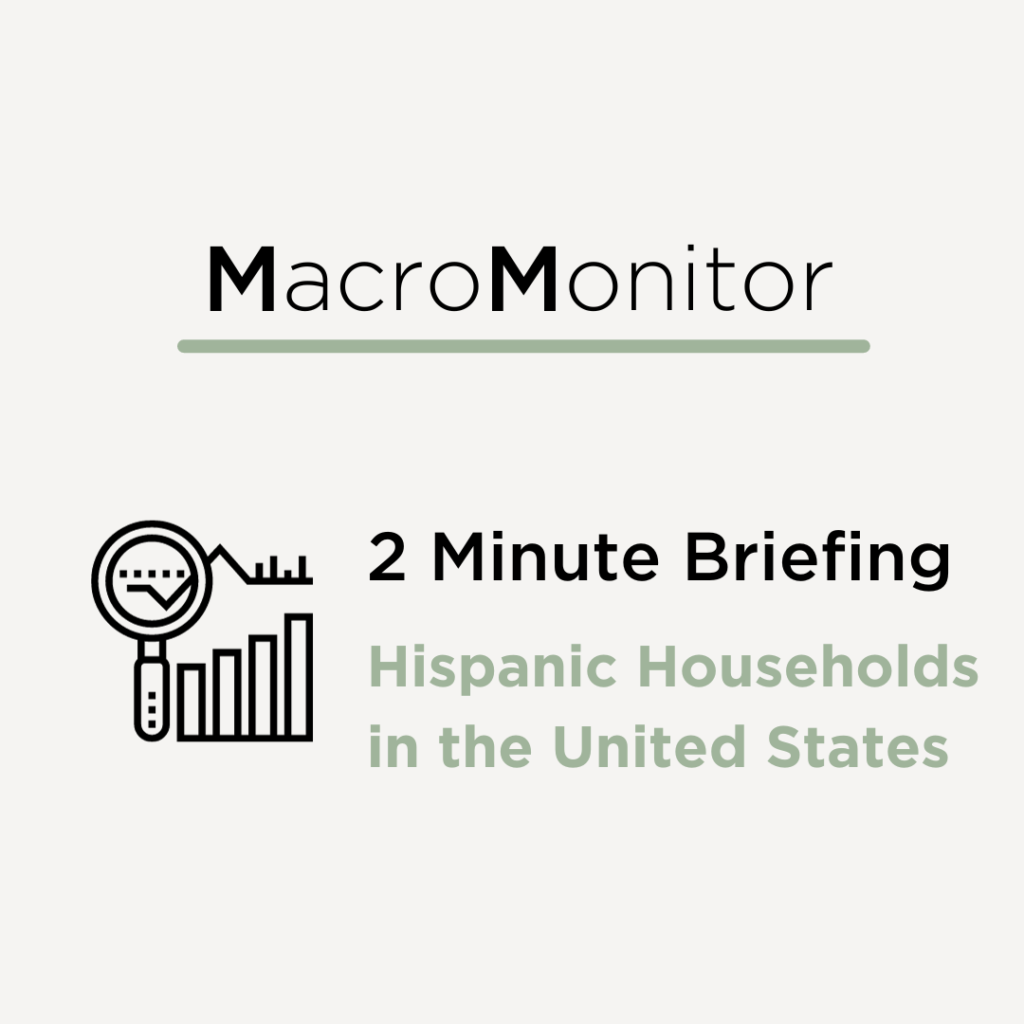




























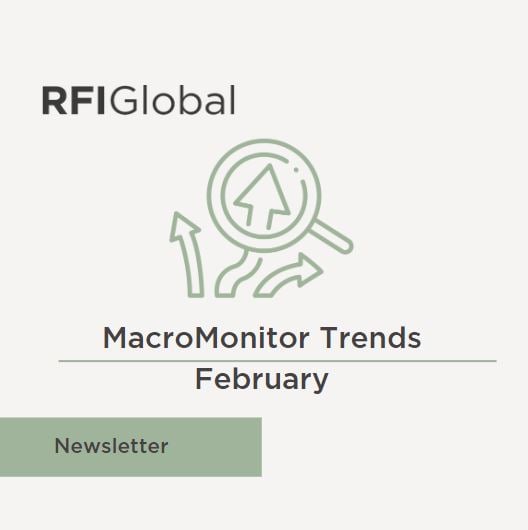



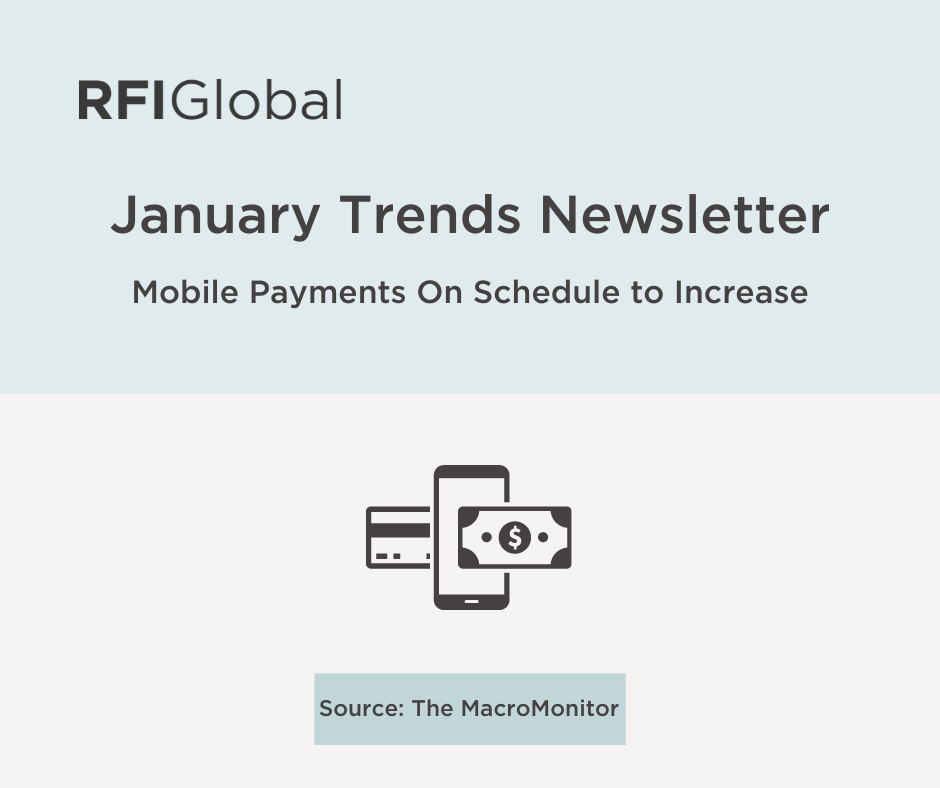





























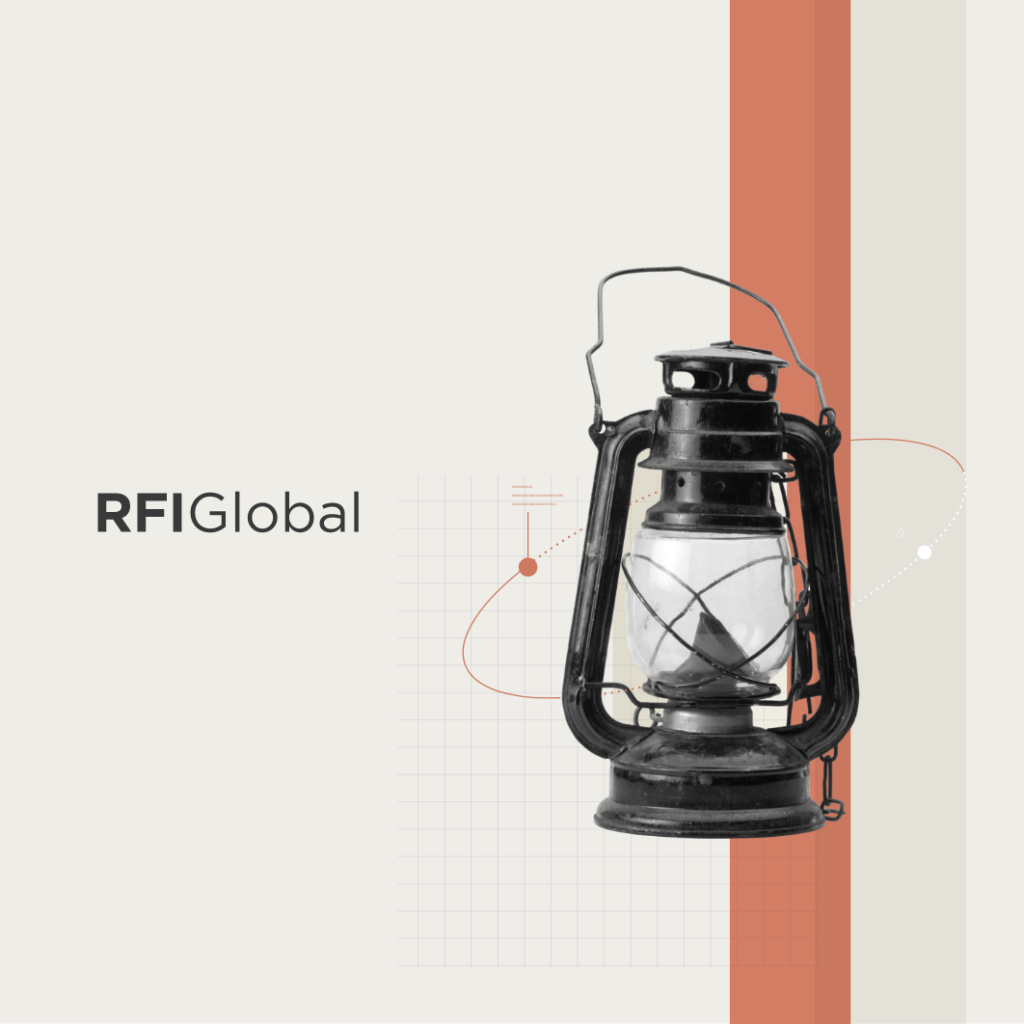

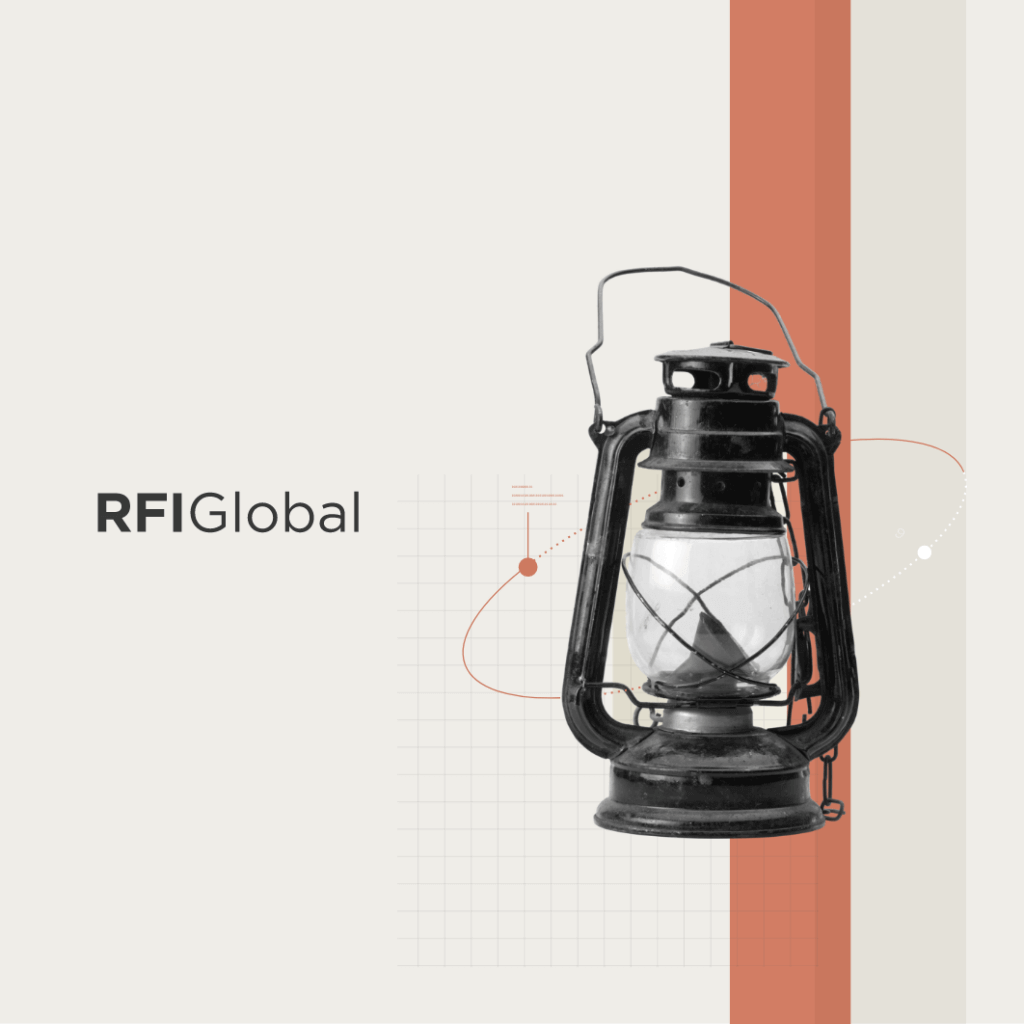
/NQA-ISO-27001-Logo-UKAS.jpg)